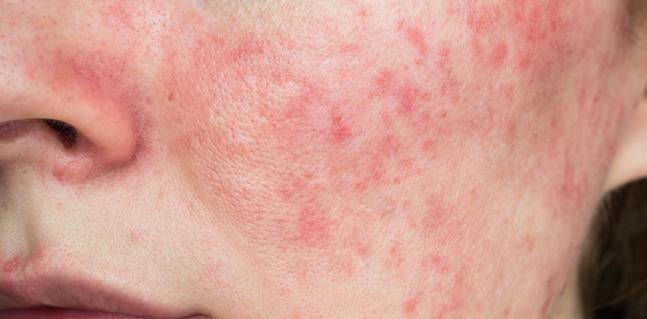Rash on the Face(Rosacea) - Dr Yeung Ho Hong 楊浩康

Causes and Symptoms of Rosacea
Rosacea is a common, complex chronic facial skin condition marked by persistent erythema, papules, and pustules, with redness that doesn’t fade quickly. Unlike temporary flushing, rosacea’s facial redness lasts longer, often with visible dilated capillaries, easily mistaken for acne or sensitivity.
Causes include genetics, UV exposure, emotional stress, diet, and hormonal imbalances. Sun exposure, a top trigger, worsens capillary dilation; spicy foods, alcohol, and caffeine also irritate skin, intensifying erythema. Pollution and mental stress can further provoke or aggravate symptoms, creating a vicious cycle.
The four types of rosacea
Clinically, rosacea has four types: Erythematotelangiectatic (central facial redness, visible capillaries, dryness, and flushing); Papulopustular (persistent redness with papules, pustules, burning, and discomfort); Phymatous (tissue overgrowth on nose or cheeks, enlarged pores, thickening, potentially altering nose shape); and Ocular (rare, with red, stinging eyes, possibly affecting vision, requiring prompt care).
As a chronic, recurring condition, rosacea demands patience, regular checkups, and treatment adjustments for optimal results. Healthy habits, stress reduction, and doctor communication are key. Combining medication and care controls symptoms, restores skin health, and boosts confidence.
In summary, though rosacea is distressing, proper diagnosis, multifaceted treatment, and diligent care bring significant improvement for most. Professional guidance and tailored plans ensure long-term stability.
